Results
-
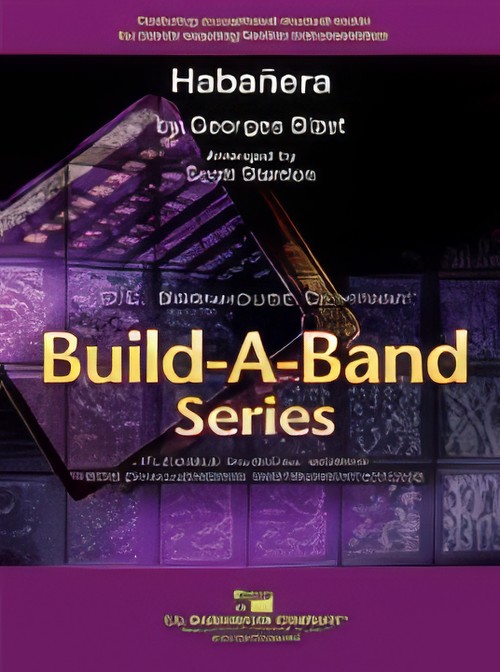 £50.00
£50.00Habanera (from Carmen) (Flexible Ensemble - Score and Parts) - Bizet, Georges - Stanton, Scott
This classic spicy Spanish theme is an excellent rhythmic contrast piece that is familiar to all. Teaching concepts include chromatic scales, melody vs. accompaniment playing, and extreme dynamics. All players get to play melody. Cues are written throughout for easy adaptation for all size bands. Optional parts for guitar, piano, bass and percussion will round out the sound of your band. Give your students exposure to this great Romantic melody.Duration: 3.00
Estimated dispatch 7-14 working days
-
 £104.99
£104.99Habanera (Concert Band - Score and Parts) - Chabrier, Emmanuel - Van der Beek, Wil
Duration: :45
Estimated dispatch 7-14 working days
-
 £64.50
£64.50Habanera - Georges Bizet / arr. Justin Williams
French composer Georges Bizet's four-act opera, , remains one of the most popular and performed works in the classical canon. This piece is perhaps the most popular portion of the opera. Its playful character and flirtatious mood are exposed in this contemporary setting. (3:00)
Estimated dispatch 3-5 working days
-
 £93.50
£93.50Danza la Habana - Ruth Brittin
Danza La Habana's inception was brought about by the composer's trip to Cuba, where she was intrigued by their rich musical traditions. Through careful study, Ruth has crafted her version of a Habanera, a blending of the European contredanse and African rhythms, brough to Cuba in the 1700's.
Estimated dispatch 7-14 working days
-
 £113.30
£113.30Moderate Dances - Angelo Sormani
This piece is a tribute to dance music, especially passionate, intense and meditative dance music. "Moderate Dances" is divided into three movements: a "Tango", a "Slow Waltz" and a "Bossa Nova". Each movement and each dance has its own particular characteristics but, when combined, these different rhythmic beats and times give the piece a feeling of completeness and uniformity. The Tango started to flourish in the suburbs of Buenos Aires in around 1880. There is still some doubt as to its origins, which may be Cuban (Habanera) but are probably African. It was most popular in Argentina and Brazil: here the male protagonist was originally the "gaucho" with his inseparable guitar, later to be replaced by the proud, elegant "compadre". By around 1910 the Tango had spread to Italy and France. New clubs opened, where the upper classes could watch and dance the Tango. Here the dance also underwent some rapid transformations. The exaggerated and extravagant gestures and body movements disappeared. Slow, gliding steps replaced the old rotational movements. The women's red ankle-boots and the partners "staring into each other's eyes" accentuated the erotic nature and sensuality of this dance. So much so that, in 1913, the German government banned soldiers from dancing the Tango. Those who broke the law were immediately discharged from the army. From a strictly musical perspective, the basic instruments were a flute, a harp (the diatonic harp typically played by the Indians of Paraguay) and a violin, or flute, guitar and violin or even clarinet, guitar and violin. These instruments were easy to transport, ideal for playing at parties, in the streets and in courtyards. The musicians played by ear, frequently improvising: there were no scores, no records, which is the main reason why it is impossible to trace the Tango back to its exact origins. However, the Tango's evolution (and growing popularity) was once again fostered by its fundamental ability to absorb "other" cultures, languages and sounds. And it was the arrival of the "bandoneon" (an accordion-like instrument that was invented in Germany and brought to Rio de la Plata by some immigrant), which replaced the flute, that marked the beginning of the Tango's huge success outside Argentina. A number of talented composers, above all the great Astor Piazzola (1921-1992), transformed the bandoneon from a simple accompanying instrument to a solo instrument that was to become the distinguishing feature of the 20th century Tango. The Slow Waltz originated from the Waltz, the typical dance of the Bavarian and Tyrolese peasants in the 1700s. It was composers like Johann Strauss, father and son, who carried the Waltz to its zenith in the 1800s, creating the sensual and melancholy yet joyful and charming dance we are all familiar with. When the Waltz first became popular in Germany, the members of respectable society were shocked at the closeness of the dancing partners, who had always previously danced apart. The main difference between the Waltz and Slow Waltz is that the latter has a slower, more expressive rhythm: the men wear tails and the women wear ball gowns decorated with beads and feathers and couples dance in graceful rotational movements. "Bossa Nova" is the title of the last movement in the piece. Jobim, the great Brazilian musician, described this musical genre as a combination of modern Jazz and Samba. Bossa Nova means "new wave". This was the name of the artistic and musical movement that evolved in Brazil in the late Fifties and was extremely popular throughout the Sixties. The songs are usually about love or social matters, drawing inspiration from the slums of Rio De Janeiro and the lives of their inhabitants. Bossa Nova, with its original compositions and the artistic talent of its musicians, also became hugely popular in the United States and Europe, and top Jazz musicians (Ella Fitzgerald, Stan Getz, Bob Cooper, Charlie Bird, Sonny Rollins, Dexter Gordon, Dizzy Gillespie) started to include Bossa in their repertoires.
Estimated dispatch 7-14 working days
-
£154.90
Summer Dances - Adam Gorb
'Summer Dances' is a joyful work in three short movements celebrating my favourite season where people are happiest outdoors. Each movement is a celebration the first movement 'Summer Day' celebrates the open air, with a bold and arrogant melody in 10/8 time, whose rhythm dominates the movement. The next movement 'Summer Night' could be described as a 'Beach Habanera' led by a sensuous trumpet melody. The movement ends with an ambiguous harmonic build-up, which is resolved at the start of the finale 'Summer Party' with a folk like theme that is passed round the ensemble, building up, (with suggestions of the first movement theme) to a riotous and festive ending. Summer Dances was commissioned by HAFABRA Music, Louis Martinus in collaboration with Biblioservice Gelderland/Music department MUI, Arhnhem, the Netherlands. Regarding interpretation suggestions: Movement 1) Lively but not too fast very much a piece for the full ensemble, up until the final six bars when things become more subtle and intimate maybe sunset.... Movement 2) Very laid back and sexy. The movement should be thought of as a wonderfully promising 'first date' or 'wedding night', with great possibilities with the unresolved chord at the end of the movement.... Movement 3) As fast as is comfortably possible. The start should be delicate and chamber music like, but increase in general excitement, particularly from figure 31. Something should be saved up for a true fortissimo at 34.
Estimated dispatch 7-14 working days
-
£84.50
Suite From Carmen - Georges Bizet
Music from Bizet's immortal opera gets the Balent treatment in this sparkling arrangement of three excerpts from the Carmen Suite No. 1. Leading off with the bustling "Les Toreadors" from the "Overture," Mr. Balent has also included the seductive "Habanera" (featuring Clarinets on the tune) and the swaggering "Toreador Song" with a solo Trumpet on the famous melody. This is music everyone knows and loves in a first-rate arrangement for medium level band. Duration: 4' 20"
Estimated dispatch 7-14 working days
-
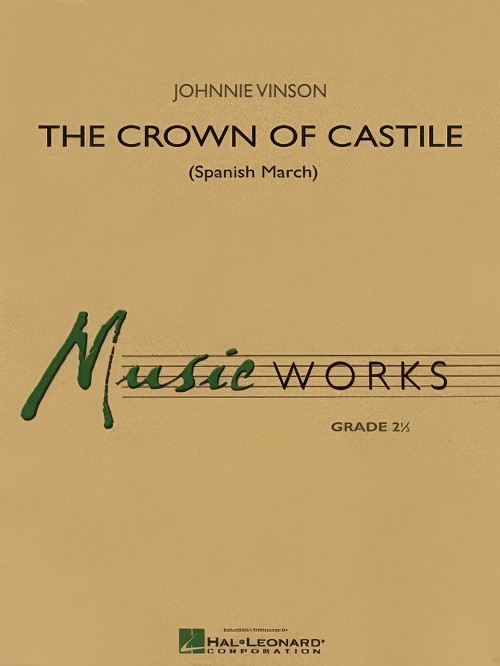 £57.50
£57.50The Crown of Castille (Spanish March) (Concert Band - Score and Parts) - Vinson, Johnnie
Here is a terrific sounding concert march written in a traditional Spanish style. Utilising elements of the habanera rhythm and featuring a harmonic shift from minor in the beginning to major at the end, this makes a nice alternative to the usual march style piece.Duration: 2:30
Estimated dispatch 7-14 working days
-
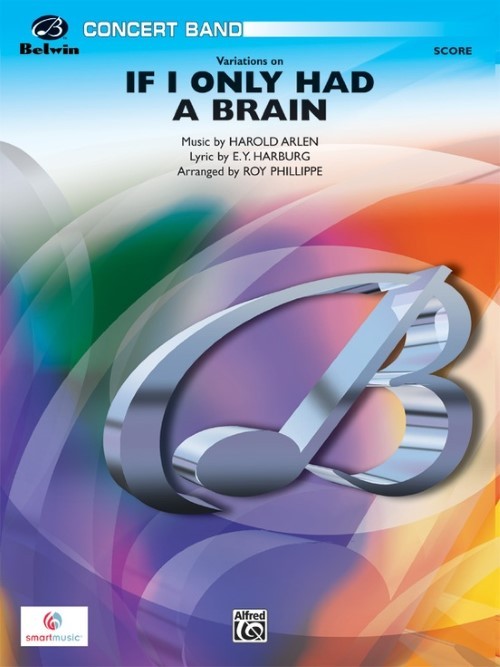 £62.95
£62.95If I Only Had a Brain, Variations on (Concert Band - Score and Parts) - Arlen & Harburg - Phillippe, Roy
Roy Phillippe has crafted a collection of variations on this revered theme. The initial theme is stated by the trombones, and the styles include swing, samba and habanera. Great fun! Duration: 5.00
Estimated dispatch 7-14 working days
-
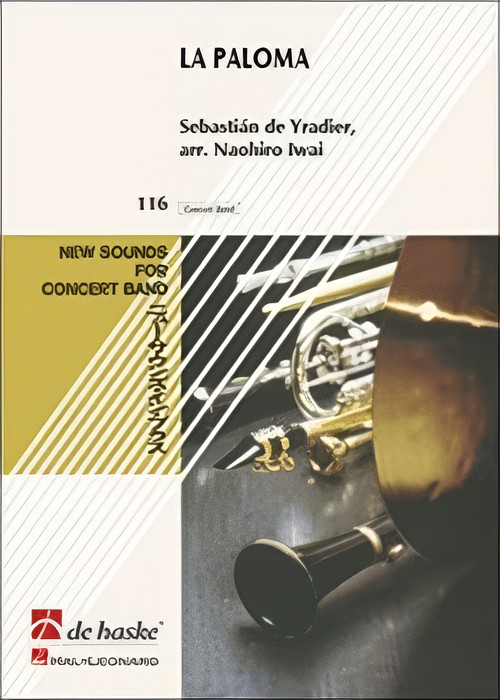 £104.99
£104.99La Paloma (Concert Band - Score and Parts) - Yradier, Sebastian - Iwai, Naohiro
The habanera is a dance from the beginning of the 19th century that has been the subject of many humorous and ironic poems. One of the more famous habaneras is La Paloma (The Dove), composed about 1860 by Spaniard Sebastien Yradier (1809-1865). This song has since been popular globally and has been performed by many artists including Dean Martin, Elvis Presley, Bill Ramsey, Mireille Mathieu and many more. A fantastic opportunity to immerse yourself in the seduction and soft nostalgia of La Paloma.Duration: 5:30
Estimated dispatch 7-14 working days
